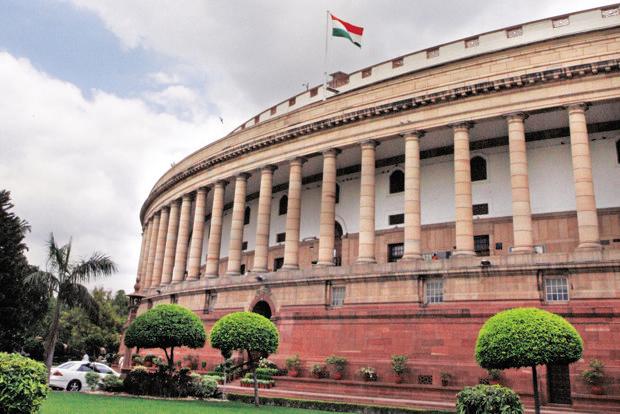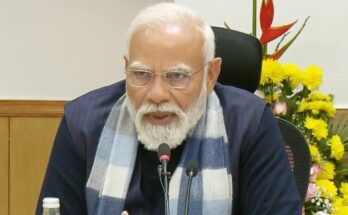On October 25, while speaking at a function in New Delhi, National Security Advisor Ajit Doval veered into political space saying that to achieve its political and strategic objectives, India must have a strong and decisive government for the next ten years. He added that “unstable coalitions” and “weak governments” invited danger to the country.
Few days later, former RBI governor Y.V. Reddy observed that as far as economic growth was concerned a coalition government was probably better than one with a majority because its policy decisions were the outcome of consensus.
Are stable governments having clean majority always in the country’s interests? The observations of Reddy, who was the governor of RBI from 2003 to 2008, seem to be based more on facts and data. Here are six reasons why a coalition government is more preferable to a government with brute majority:
- Coalition governments in India have posted better economic growth. If we look back, in the first 37 years from 1952 to 1989, there was almost a single party rule excepting two years of Janata Party government. But from 1989, the years of political instability and coalition governments started and continued till 2014. Liberalisation of the economy started in 1991 under an insecure P.V. Narasimha Rao government. India’s GDP rapidly rose and touched a phenomenal 9.7% in 2007, under the unstable UPA government headed by Manmohan Singh. By 2010, it reached its peak of 10.57%. “Interestingly, the highest growth in India from 1990 to 2014 was during coalition governments,” Reddy said while speaking at the leading American think-tank Hudson Institute in Washington.
- Growth rates of 1990-2014 are better than that of 1952-1989. In the phase of 1952-1989, when the governments had clean majority, the growth rates were mostly below 4%, which was often called as ‘Hindu Rate of Growth’. But the next 25 years of rule by coalition governments, starting from 1989 to 2024, saw the growth rate rising rapidly. The average percentage of growth in the 25 years was 6.45.
- Chandra Sekhar was the trigger of growth. Indian economy had touched its lowest ebb by the time Chandra Sekhar became the prime minister of India just for seven months from November 10, 1990. Only with 50 MPs of his own, he completely depended on Congress support. The country was going through a severe balance of payment crisis. Chandra Sekhar did the unthinkable, which no government with a majority could have done: He allowed airlifting of India’s gold to tide over the crisis, and eventually opened the doors for economic liberalisation.
- India was on the brink of bankruptcy when P.V. Narasimha Rao became the prime minister. Though heading an unstable government, he ruled for a full five-year term from 1991 to 1996. With economist Manmohan Singh as his finance minister, Rao ushered in the era of economic reform and growth. The challenges to national security like separatist movements in Punjab and Kashmir were effectively decimated during his reign.
- Even the shaky Gowda-Gujral governments performed better than so-called stable governments. H.D. Deve Gauda was the prime minister for just over a year between 1996 and 1997, while I.K. Gujral less than a year between 1997 and 1998. However, they were the most left of the centre governments in the country’s history. Two communist leaders Indrajit Gupta and Chaturanan Mishra were important cabinet ministers in the government headed by them. Gupta served as the home minister, while Mishra was the agriculture minister.
- Atal Behari Vajpayee headed a coalition government known for good performance. The NDA government headed by Vajpayee lost election in 2004. But most would agree that it was one of the better performing governments of the country. Vajpayee’s vision of Golden Quadrilateral of highways brought in a revolution in India’s communication network.
Most observers agree that a government with a brute majority tends to become autocratic, while a coalition government is more democratic due to several checks and balances. Coalition governments may be unstable but they create an environment of negotiations and listening to criticism, rather than becoming intolerant.




